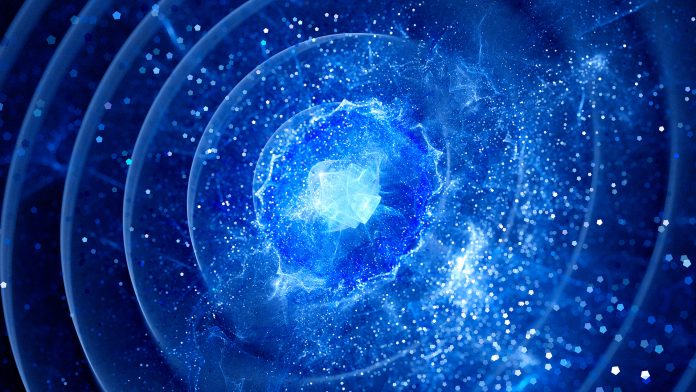Researchers from UK universities are to play a key role in developing the next generation of gravitational wave detectors.
Led by the University of Glasgow, a consortium of seven British Universities has secured £7m from the UKRI infrastructure fund to develop the next generation of gravitational wave detectors – helping to advance space exploration.
This fund helps to create a long-term pipeline of infrastructure investment priorities and supports the resources required for researchers to do groundbreaking work.
The consortium partners will develop designs for new mirror coatings, data analysis techniques, and suspension isolation systems for use in two future international gravitational wave detector development projects.
The projects, Cosmic Explorer in the US and the Einstein Telescope in Europe are in the early stages of design work. By the end of the next decade, the projects are expected to be fully constructed and online.
What are gravitational wave detectors?
Gravitational waves are the faint ripples in spacetime caused by enormous astronomical events like the collision of black holes.
Gravitational wave detectors bounce lasers between mirrors suspended at each end of long pipes arranged in an L-shape. As gravitational waves pass through the detectors, they cause variations in the distance between the mirrors measured by the lasers.
The data of the pass-through of the gravitational waves can be analysed to reveal information about their origins in space.
Gravitational wave research in the UK
Funded by STFC, UK scientists have been involved in gravitational wave research for decades. They contributed to the design, mirror suspension technology, and data analysis that underpins the current generation of gravitational wave observatories. For example, LIGO in the US, Virgo in Italy, and KAGRA in Japan.
In 2015, the LIGO observatory made the historic first detection of gravitational waves, opening up a new field of astronomy which listens for vibrations in space-time. Since this discovery, gravitational wave detectors have made many groundbreaking discoveries, for example, signals of more than 100 pairs of colliding black holes.
Professor Sheila Rowan, Director of the University of Glasgow’s Institute for Gravitational Research and lead investigator of the project, said: “I’m excited to be continuing our work with the STFC and partners across the UK to develop key components of the next generation of gravitational wave observatories, which have the potential to revolutionise our understanding of the Universe.”
About the next-generation detectors
The next generation of detectors will be more ambitious in their design, with lasers bounced between mirrors suspended free of external vibration placed up to 40km instead of 4km in current detectors. As well as this, the mirrors will be heavier and larger – doubling in diameter to around 60cm.
The international collaboration behind the new gravitational wave detectors expects that new observatories will be sensitive enough to detect signals from the edge of the Universe.
The detectors will have an expanded reach that will help in finding how black holes were formed in the early Universe. The team believe that the new gravitational wave detectors will be able to detect waves that are currently undetected.









